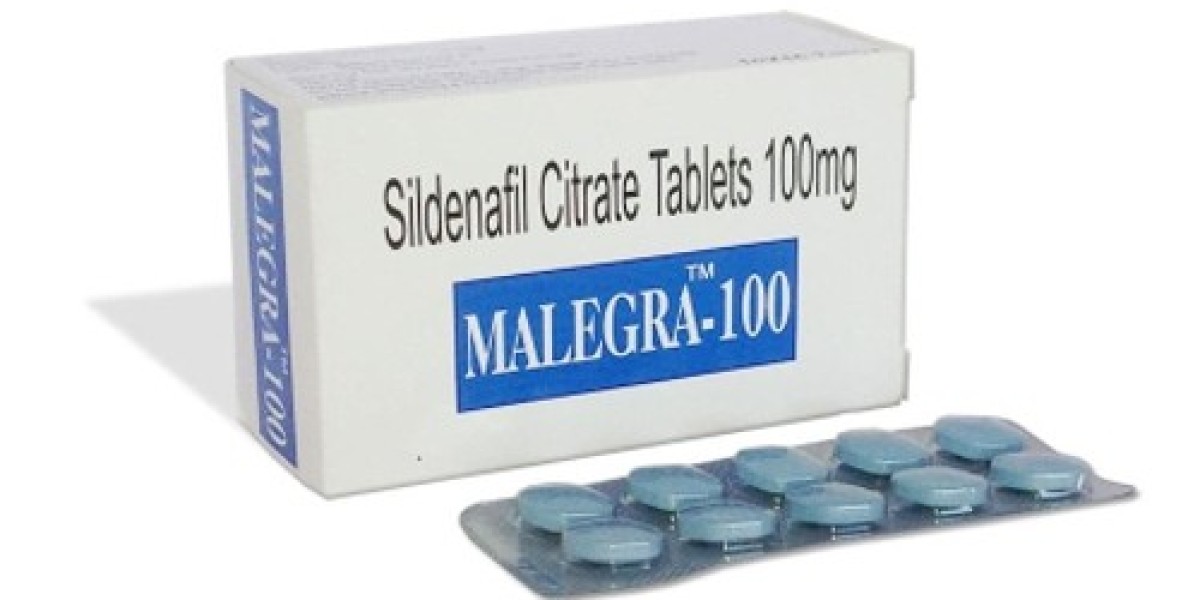The spinal fusion pipeline market is witnessing rapid growth as demand for innovative treatments for spinal disorders increases globally. Spinal fusion, a surgical procedure that permanently connects two or more vertebrae, is one of the most common treatments for patients suffering from conditions such as degenerative disc disease, scoliosis, and spinal stenosis. As medical technology advances, several companies are at the forefront of developing groundbreaking spinal fusion products, which are crucial for improving patient outcomes.
In this article, we explore the top companies and products shaping the spinal fusion pipeline market and the key trends driving innovation in this critical area of spinal healthcare.
1. Medtronic
Medtronic is a global leader in medical technology and a dominant player in the spinal fusion pipeline market. The company’s spinal portfolio includes a range of minimally invasive surgery (MIS) systems and biologics designed to enhance spinal fusion outcomes. Medtronic's Infuse® Bone Graft product, for example, is widely used in spinal fusion surgeries due to its ability to promote bone growth and facilitate fusion.
Medtronic continues to innovate in the field, with pipeline products focused on expanding the use of artificial intelligence (AI) and robotics in spinal surgeries. The company’s Mazor X Stealth™ robotic guidance system, combined with its AI-based navigation, helps improve the precision and accuracy of spinal fusion procedures, reducing recovery times and improving long-term outcomes.
2. NuVasive
NuVasive is another key player in the spinal fusion pipeline market, specializing in less invasive surgical solutions. The company is known for its X360® system, which allows for lateral single-position surgery, significantly reducing the time patients spend under anesthesia. This system is designed to improve the efficiency and safety of spinal fusion surgeries while minimizing post-operative recovery time.
Buy the Full Report for More Territory Insights into the Spinal Fusion Pipeline Market
NuVasive also continues to expand its product pipeline with innovations in spinal implants and biologics, such as Modulus®, a porous titanium implant that promotes bone in-growth and better fusion outcomes. NuVasive’s strategic focus on advanced technologies, including smart implants and intraoperative monitoring systems, positions the company as a leader in spinal fusion advancements.
3. Johnson & Johnson (DePuy Synthes)
DePuy Synthes, part of the Johnson & Johnson family, is a major player in the spinal fusion pipeline market. With a comprehensive portfolio of spinal implants, instruments, and biologics, DePuy Synthes is known for its cutting-edge technologies in spinal surgery.
One of the company’s flagship products is the Viper® and Expedium® systems, designed for minimally invasive spinal fusion surgeries. These systems offer surgeons the ability to treat complex spinal conditions with greater precision and control, reducing surgical risks and improving patient outcomes.
DePuy Synthes is also actively developing innovative biologic products, such as the CONDUIT™ Interbody Platform, which enhances the environment for bone growth during fusion. These advancements demonstrate the company’s commitment to improving patient outcomes through enhanced fusion techniques and faster recovery times.
4. Stryker
Stryker is a global medical technology company that has made significant contributions to the spinal fusion pipeline market. The company’s ES2® Spinal System is known for its efficiency in delivering faster, minimally invasive spinal fusions. Additionally, Stryker’s Tritanium® interbody fusion devices are made from a proprietary material designed to facilitate bone in-growth, offering a unique solution to accelerate spinal fusion.
In addition to its implant technology, Stryker is focusing on advanced navigation and robotic-assisted surgery systems. The Mako® robotic-arm assisted technology, while primarily known for joint replacements, is being adapted to spinal surgeries, showing Stryker’s innovative approach to improving surgical precision in spinal fusion.
5. Zimmer Biomet
Zimmer Biomet is a leader in developing advanced musculoskeletal solutions and is highly active in the spinal fusion pipeline market. The company’s OptiLIF™ Procedure offers a minimally invasive solution for lumbar interbody fusion surgeries, combining precision with enhanced fusion capabilities.
Zimmer Biomet’s ROSA® ONE Spine System, a robotic surgery platform, is another groundbreaking product in the spinal fusion pipeline. This system enables real-time patient anatomy mapping and offers greater accuracy during complex spinal fusion procedures. With its focus on integrating robotics and advanced implants, Zimmer Biomet is pushing the boundaries of what’s possible in spinal fusion.
6. Globus Medical
Globus Medical is an emerging leader in the spinal fusion pipeline market, offering a comprehensive suite of innovative products for spine surgery. Its ExcelsiusGPS® robotic system is a notable example, designed to improve the accuracy of pedicle screw placement in spinal fusion procedures, which reduces complications and enhances patient recovery.
Globus Medical’s SIGNIFY® PEEK spacers and CALIBER® expandable cages are widely used in interbody fusion procedures, designed to optimize fusion and offer more flexibility for surgeons. These cutting-edge technologies, combined with Globus Medical’s continued investment in R&D, position the company as a formidable player in the spinal fusion market.
7. Key Market Trends Driving Innovation in the Spinal Fusion Pipeline Market
Several trends are driving innovation in the spinal fusion pipeline market, including:
Minimally Invasive Techniques: As patient demand for less invasive procedures increases, companies are developing products that reduce the need for extensive surgery. Minimally invasive spinal fusion techniques lead to quicker recovery times, lower infection risks, and shorter hospital stays.
Robotic and AI Integration: Robotics and artificial intelligence are transforming spinal fusion surgeries by offering greater precision, reducing human error, and improving patient outcomes. Companies in the spinal fusion market are investing heavily in developing AI-guided systems and robotic platforms to enhance the accuracy and safety of surgeries.
Advanced Biologics and Bone Growth Enhancers: The development of biologic materials that promote bone growth and fusion, such as bone graft substitutes and growth factors, is an area of intense research. These biologics are being designed to reduce the time required for bones to fuse, leading to faster patient recovery.
Smart Implants: Companies are increasingly focusing on smart implant technology that can provide real-time data on the patient’s healing progress. This innovation helps doctors monitor fusion and adjust post-operative care based on the implant’s feedback, ensuring optimal results.
Conclusion
The spinal fusion pipeline market is rapidly evolving, with top companies like Medtronic, NuVasive, DePuy Synthes, Stryker, Zimmer Biomet, and Globus Medical leading the charge in developing cutting-edge technologies. With the increasing demand for minimally invasive techniques, robotics, biologics, and smart implants, the future of spinal fusion surgeries looks promising, offering improved outcomes and faster recovery for patients.
As the market continues to grow, advancements in technology and new product developments will play a crucial role in shaping the future of spinal care, making spinal fusion surgeries more efficient, precise, and accessible than ever before.








